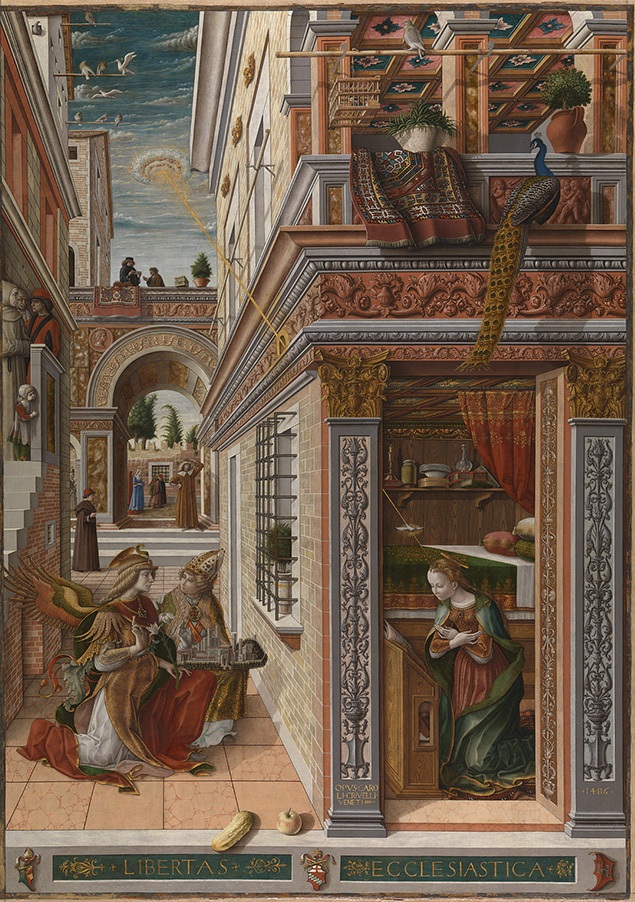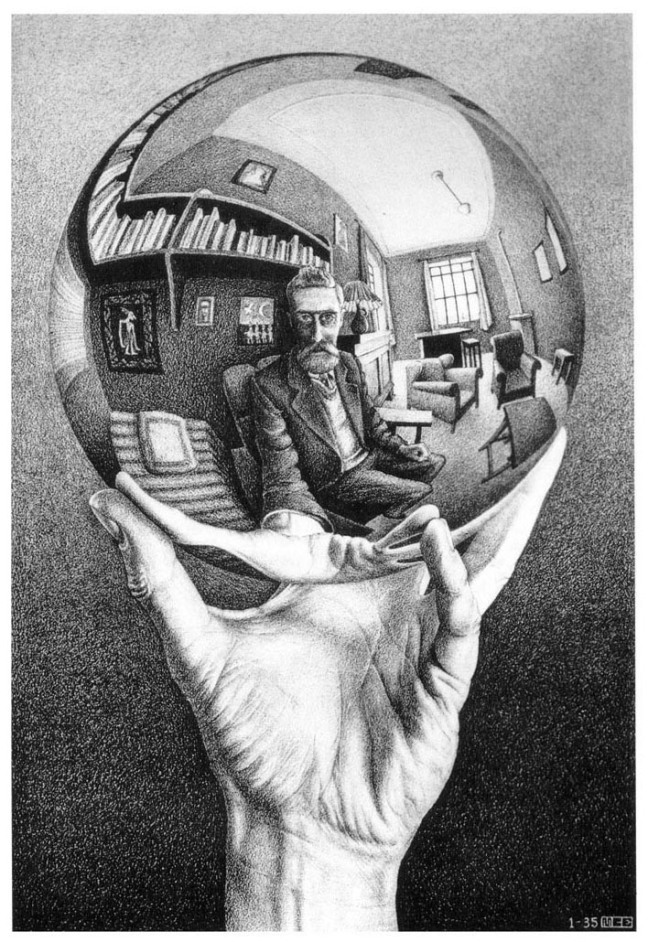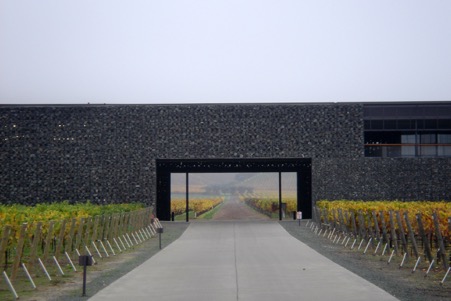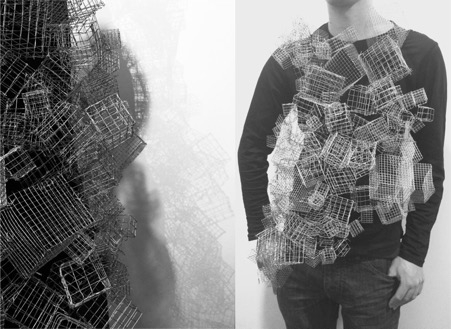This post aims to analyse the value of travel in architectural development and taste using Louis Kahn, an architect who many believed had reached the top of his field as a real world example of the importance of travelling.
Up until around 1950, Louis Kahn’s work had fitted comfortably into the modernist style which was the driving force behind most Architectural firms of the time. This is mainly accredited to the lasting influence of the revolutionary architectural thinkers: Van Der Rohe, Lloyd Wright, and Le Corbusier to name just three. In 1951, Kahn was invited to work in Rome and travel throughout the ancient world – his experiences during these travels would “change his life”.
The pyramids were perhaps the structures that had the greatest effect on Kahn. He stated that “No pictures can show you their monumental impact”. It’s clear from Kahn’s focus on vivid colour and shadow that he was beginning to view the great structures as vehicles and conveyers of light, rather than just being exposed to light; this brings to mind one of his most famous quotes, “the sun never knew how great it was until it hit the side of a building”. The pyramids set in place Kahn’s respect for historical architecture, allowing him to form ideas of monumentality and permanence that were lacking in the Modernist buildings being created at the time; buildings which he remarked looked “tinny” by comparison.
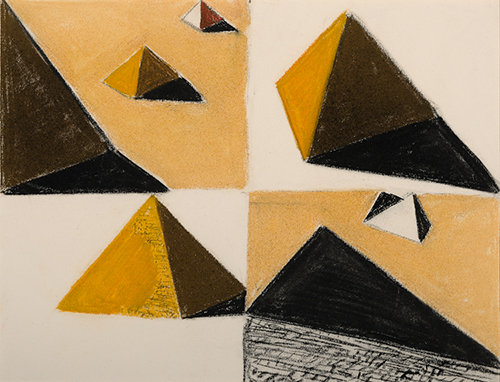
There is evidence to suggest that Kahn gained his penchant for exhibiting the weight of his buildings from observations he made during his time in Greece and Italy. The Baths of Caracalla were of particular interest to Kahn, as he wondered at man’s nature to go “beyond the functional” in regard to the hundred foot vaulted structure, a design that would have been equally functional at one tenth of the actual height. The Columns sketches created by Kahn show an interest in the power of ancient architecture, highlighting the immensity, permanence, and evident mass of the columns within the Temple Of Apollo.
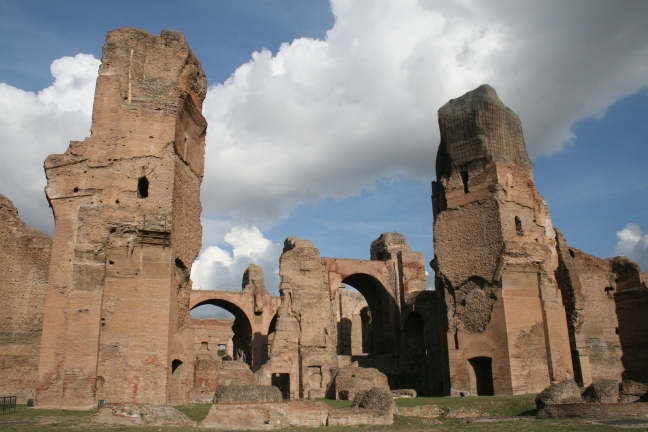
It’s widely accepted that Kahn’s greatest works were created after his expansive travels; this creates a strong case in favour for architects experiencing as much of the world and historical culture as we can, enriching our world views and design taste.


 Peter Einseman
Peter Einseman